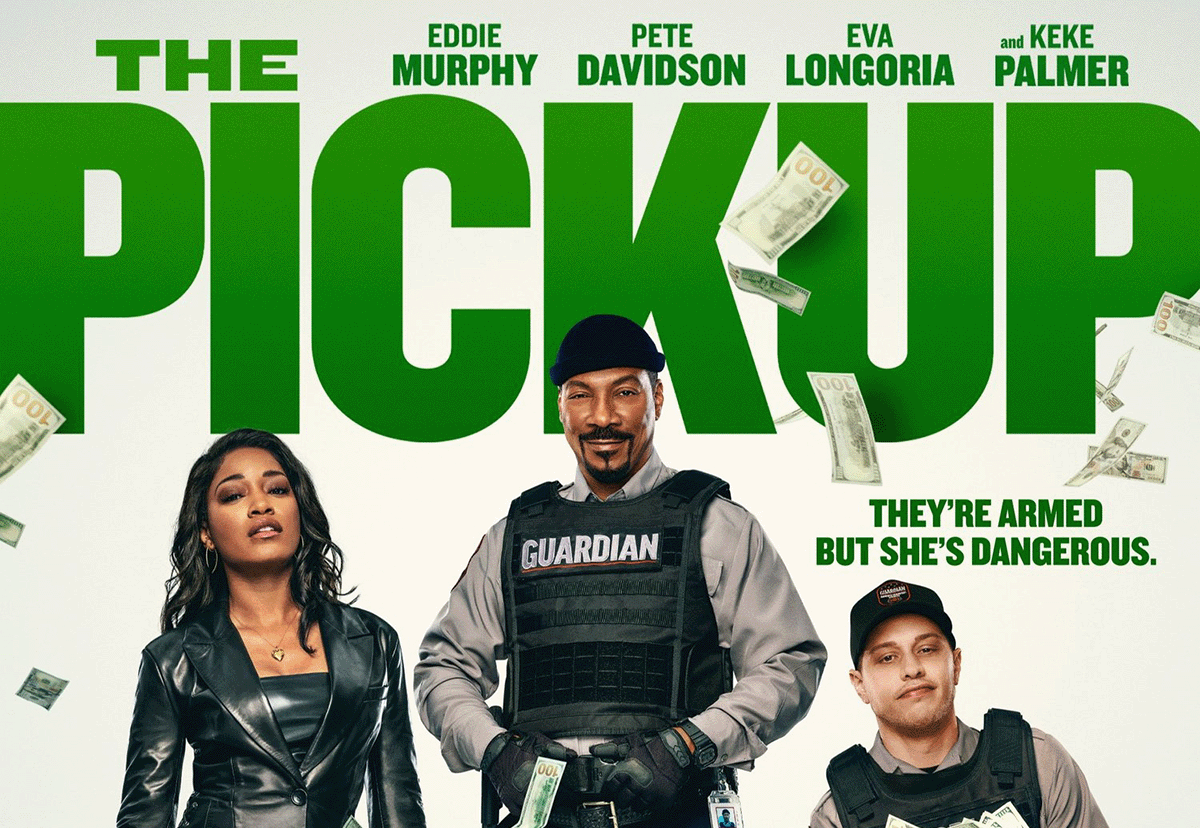Starting Out as a Background Actor
Most actors kick off their careers as background actors, slowly climbing the ladder to snag speaking roles over a few years. While there are many ways to land speaking gigs, almost all require finding and nailing auditions.
But sometimes, you might just get lucky and upgrade from a background role to a speaking part on set! Here’s a playful look at how that could happen:
The Journey from Background Role to Principal
Background Role: Imagine you’re a pedestrian in a busy street scene, casually walking down the sidewalk while the main actors have an intense conversation nearby.
Upgrade to Featured Extra: Now, let’s say you decide to get a little creative. The scene involves the main actors discussing a critical plot point. You notice a dog walking by and decide to bend down to pet it. The director might either tell you to stop or, if they like your improvisation, keep it for added realism. Suddenly, you’re no longer just a pedestrian—you’re a featured extra, the person interacting with the cute dog!
Upgrade to Principal: If the director wants the dog to be part of the main actor’s scene, you could take another risk and say, “Hey, buddy!” when the dog comes towards you. The director might either scold you or, if they love it, use it in the scene. Congrats! You’ve got a line, and if it’s a union production, you’re now SAG-Eligible (with the right paperwork)!
Tips for Turning Heads and Getting Upgraded
Directors are people too, and they can be swayed by interesting takes on a scene. Here are a few tips if you want to give this a shot:
1. Build Relationships: The more you connect with higher-ups on set, the better your chances. Be friendly and outgoing, strike up conversations when they’re not busy, and find common ground to chat about. People who like you are more likely to give you a chance!
2. Know Your Director: Only try this if the director seems laid-back. This is very risky! If they’re strict or rushed, don’t risk it. Pay attention to their interactions and vibes on set to gauge if it’s safe to take a risk.
3. One Shot Per Production: If it doesn’t work out, apologize and don’t push it again. Most attempts won’t succeed, but it might get some laughs. Keep trying once per set, and eventually, you might get upgraded.
4. Timing is Everything: Never speak out of turn while the camera is rolling. If you’re going to improvise a line, do it during rehearsals, not during the actual take. Otherwise, you might get fired on the spot.
Take the Leap
Taking risks can be scary, but the biggest opportunities often come to those who step out of the box. So, go ahead and give it a try—after all, no risk, no reward!


